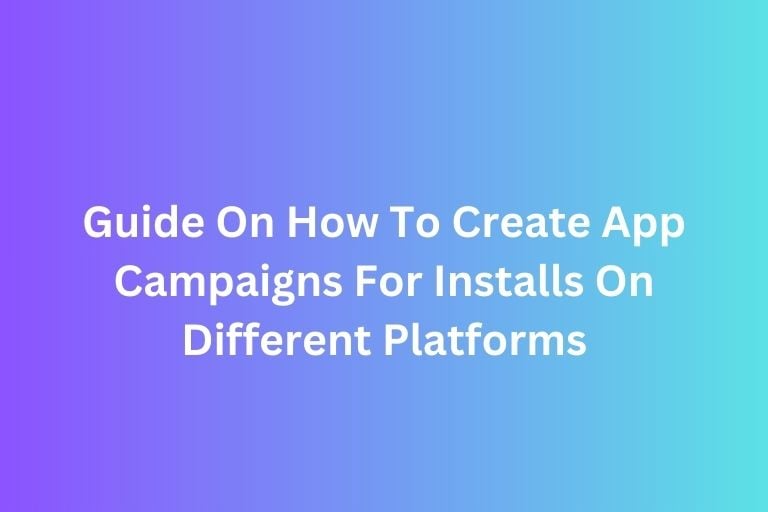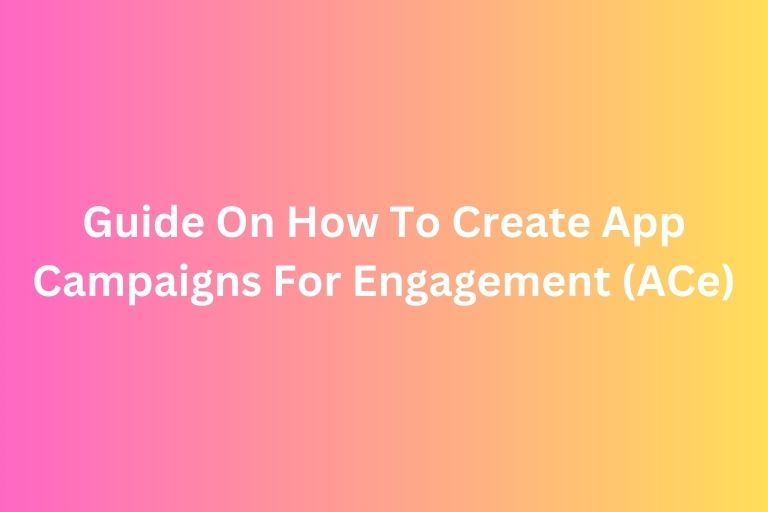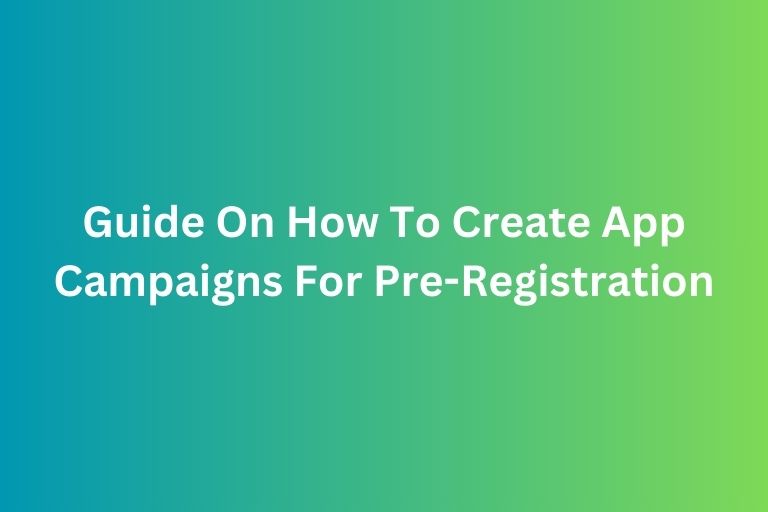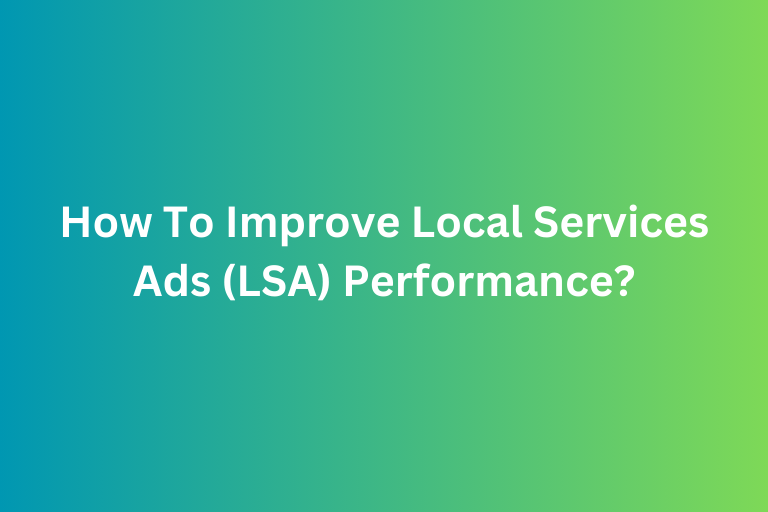Programmatic advertising allows businesses to target their ads to specific audiences with a precision that would be nearly impossible to achieve manually. But for many marketers, the complexity of setting up programmatic campaigns across multiple platforms feels daunting. This guide aims to demystify the process, walking you through the foundational steps to implement a successful cross-platform programmatic advertising strategy.
What Is Programmatic Advertising?
Programmatic advertising automates the buying and selling of ad space. This process leverages data, algorithms, and technology to make split-second decisions that optimize ad placements. When done well, it can drive unprecedented efficiency, reaching users on an individual level with minimal waste.
In programmatic advertising, each impression is auctioned in real-time. The highest bid for an ad spot will win that impression, allowing businesses to reach their ideal customers at the right time and place.
Learn more: What Is Programmatic Advertising
Key Programmatic Advertising Platforms and Their Strengths
The key platforms for programmatic advertising each offer unique capabilities and access to different audience segments. Here’s a quick breakdown:
- Google Display Network (GDN): A vast ecosystem that spans across YouTube, Gmail, and thousands of other sites, allowing you to reach billions of users worldwide.
- Facebook Audience Network: Allows for extended reach across mobile apps and websites outside of Facebook, with sophisticated targeting options.
- Amazon DSP: Gives advertisers access to Amazon’s first-party shopper data and premium inventory on Amazon’s properties and other publisher sites.
- The Trade Desk: An independent demand-side platform (DSP) that integrates with various ad exchanges, providing a unified view of audience targeting and performance.
Each of these platforms functions a bit differently, which means advertisers must tailor their approach to achieve maximum impact.
Step-by-Step Guide to Setting Up Programmatic Advertising
Let’s go step-by-step through setting up programmatic ads on these major platforms, focusing on key aspects like targeting, budgeting, and ad creatives.
1. Define Your Objectives and KPIs
Before launching a campaign, establish clear objectives. Are you aiming for brand awareness, lead generation, app installs, or sales? The clearer your goal, the better your ad platform will perform when optimized for your KPIs (Key Performance Indicators) like CTR (Click-Through Rate), CPC (Cost Per Click), or CPA (Cost Per Acquisition).
2. Prepare Your Targeting Strategy
Targeting is the backbone of programmatic advertising, and most platforms offer granular targeting options. Here are some common targeting approaches across platforms:
- Demographics: Age, gender, income, etc.
- Behavioral Targeting: Based on browsing habits, purchase history, or interests.
- Location: Target specific geographic regions.
- Lookalike Audiences: Platforms like Facebook and Google allow you to create audiences similar to your existing customers.
Example:
On Amazon DSP, you might use interest-based targeting to reach potential buyers interested in “home improvement,” while on GDN, you could create custom affinity audiences based on keywords related to “eco-friendly products.”
3. Choose Your Platforms and Budget Wisely
Align your platform choice with where your audience spends time. Allocate the budget in proportion to the likely ROI of each platform based on historical performance or your testing insights.
- GDN: A minimum spend of $10–15 per day is advisable for testing on GDN, given its scale.
- Facebook Audience Network: Start with a budget that aligns with Facebook Ads standards, typically around $5–$10 per day.
- Amazon DSP: Amazon DSP generally requires a higher minimum spend, around $35,000 across the entire campaign.
4. Create Compelling Ad Creatives
Each platform has specific ad formats, so understanding and adapting your creatives is key. For example:
- GDN: Use responsive display ads for flexibility, where Google automatically adjusts the ad size and format.
- Facebook Audience Network: Optimize for mobile-friendly ads, as a large part of the audience here is on mobile apps.
- Amazon DSP: Rich media ads and e-commerce-friendly formats work well, especially when featuring specific product details.
Your ad creatives should be engaging, concise, and aligned with the platform’s style. Ads with clear calls to action, and ones that are visually optimized, yield the best results.
5. Set Up Tracking and Measurement
Measurement is essential to gauge your programmatic advertising success. Most platforms offer conversion tracking options:
- Google Tag Manager: Used with GDN, this tool makes it easy to track events and conversions.
- Facebook Pixel: Allows you to track conversions, build audiences, and measure performance on the Facebook Audience Network.
- Amazon Attribution: A tool that lets you track cross-channel performance beyond Amazon, useful if you’re running ads on and off Amazon.
6. Test, Optimize, and Iterate
Even with a well-constructed plan, ongoing testing and optimization are crucial to success in programmatic advertising. Run A/B tests on ad creatives, experiment with different audience segments, and continually tweak bids to maximize your ROI.
- Split-Testing: Try different versions of your ads to see which creatives or messages resonate best with your audience.
- Bid Adjustments: Platforms like The Trade Desk allow for highly specific bid adjustments based on time of day, device type, or geography.
- Frequency Capping: Limit the number of times an ad is shown to each user, preventing ad fatigue and wasted impressions.
7. Leverage AI and Machine Learning for Advanced Optimization
Platforms like Amazon DSP and The Trade Desk offer built-in machine learning algorithms that help optimize your bids and targeting in real-time. These algorithms analyze data on the fly to help you reach the right audience and improve your campaign efficiency.
Imagine a brand selling skincare products. By using Amazon DSP, they can leverage Amazon’s shopper data to identify users who have recently browsed similar products. Over time, Amazon’s algorithms might detect that people browsing for certain types of facial cleansers are more likely to convert. The campaign can then be automatically optimized to focus more budget on users showing these behaviors.
Example Of Setting Up Programmatic Ads for EcoGlow on Google Display Network
EcoGlow wants to increase brand awareness and drive sales among environmentally-conscious consumers who care about sustainable skincare.
Objective: Boost brand awareness and drive online sales.
KPIs: Increase impressions and clicks, lower Cost Per Click (CPC).
Target Audience: Women aged 25-45 interested in eco-friendly products.
Step 1: Set Up Your Campaign in Google Ads
- Login to Google Ads: Start by logging into your Google Ads account (or create one if you haven’t).
- Create a New Campaign:
- Click New Campaign and select Display as your campaign type.
- Choose Standard Display Campaign for control over targeting and placements.
- For the campaign goal, select Website Traffic if the primary KPI is clicks, or Sales if you want to drive purchases directly.
Step 2: Define Your Target Audience
- Demographics:
- Under “Demographics,” choose gender (female) and age (25-45).
- You can also exclude segments like younger teens or older age groups to focus on the core demographic.
- Affinity and In-Market Audiences:
- Go to Audience Segments in the targeting section.
- Select Affinity Audiences and In-Market Audiences. For EcoGlow, you might select:Green Living Enthusiasts for users interested in sustainability.
- Skincare & Beauty Products under In-Market to reach consumers actively researching skincare.
- Custom Segments:
- Google Ads allows you to create custom affinity segments to fine-tune targeting. For EcoGlow, you might create a custom segment with search terms like “eco-friendly skincare,” “sustainable beauty,” or “natural face cream.”
Step 3: Set Budget and Bidding Strategy
- Daily Budget:
- Set a daily budget that aligns with your marketing goals. Let’s say you start with $20 per day to test the waters.
- Bidding Strategy:
- Select Maximize Conversions if you want to automate and let Google optimize for conversions (e.g., website purchases).
- For more control, you might choose Manual CPC with an option to set a target cost per click (CPC).
Step 4: Create Ad Creatives
- Ad Format: Choose Responsive Display Ads for flexibility.
- Google will automatically adjust these ads to fit various ad slots, saving you the need to manually create multiple sizes.
- Upload Images:
- EcoGlow could use high-quality images of its products—clean, natural packaging or models with glowing skin.
- Include a logo and eye-catching visuals that represent the brand’s eco-friendly values.
- Write Compelling Ad Copy:
- Headline: “Glow Naturally with Eco-Friendly Skincare!”
- Description: “Discover our sustainable skincare line made with organic ingredients. Good for you and the planet!”
- Call to Action: Use a CTA like “Shop Now” or “Learn More” that drives users to your website.
- Final URL: Ensure the URL takes users to a specific landing page that showcases EcoGlow’s eco-friendly products, rather than a generic homepage.
Step 5: Set Up Tracking
- Google Tag Manager:
- Install Google Tag Manager on your website if not done already. This helps track various actions users take on your site.
- Conversion Tracking:
- Create a conversion action in Google Ads to track key events like purchases, form submissions, or page views. For EcoGlow, this could mean tracking clicks on the “Buy Now” button or completed purchases.
- Google Analytics Integration:
- Link your Google Ads and Analytics accounts to get more insights into user behavior on your website.
Step 6: Launch the Campaign
- Review all settings to ensure accuracy.
- Click Publish to make the campaign live.
- Google Ads will take some time to optimize and start delivering impressions based on your targeting and bidding strategy.
Step 7: Monitor and Optimize
Now that the campaign is live, begin monitoring performance metrics, making adjustments as needed:
- Adjust Bids:
- If CPCs are too high, lower the maximum bid. If impressions are low, consider increasing the budget slightly.
- Optimize Targeting:
- Review the performance of different audience segments. For example, you may find “Green Living Enthusiasts” outperforms “Beauty Products.” If so, allocate more budget toward that segment.
- A/B Test Creatives:
- Rotate different images or test variations of the ad copy to see what resonates best with your audience. For example, try a different headline like “Eco-Friendly Beauty that Works” and see if it outperforms the original.
- Frequency Capping:
- Set a frequency cap to limit the number of times an individual sees your ad. For example, limit impressions to 5 per user per day to prevent ad fatigue.
- Track and Analyze Conversions:
- Review Google Ads conversion data alongside Google Analytics to see where users drop off. This could reveal whether users are interested but not purchasing, prompting you to tweak the landing page.
What Are The Outcomes?
After a few weeks of optimization, EcoGlow may notice patterns, such as:
- Users in certain states show a higher interest in eco-friendly products.
- Younger users (25-35) convert at a lower CPC than the 36-45 group.
These insights could help EcoGlow refine its targeting, adjust its creative strategy, and reallocate budgets toward the highest-performing demographics. With further refinements, the campaign can continue to improve, potentially leading to more efficient ad spending and higher conversion rates over time.With each optimization, the campaign becomes a learning process, bringing EcoGlow closer to its marketing goals and helping it navigate the intricate programmatic landscape.
Summary
Setting up programmatic advertising is a complex but manageable process that combines clear objectives, detailed targeting, and continuous optimization. Here’s a quick recap of the key steps on setting up the programmatic advertising:
- Define clear objectives and KPIs.
- Develop a targeting strategy tailored to each platform.
- Allocate budget based on platform and audience fit.
- Design platform-appropriate creatives.
- Implement tracking tools for accurate measurement.
- Test, refine, and improve through iterative learning.
- Embrace machine learning tools where possible to enhance efficiency.
With this approach, businesses can unlock the immense potential of programmatic advertising, leveraging data-driven insights to create dynamic, real-time ad campaigns that perform across multiple platforms. The key is patience and a willingness to continually adapt and evolve your strategy based on results. Programmatic advertising is both an art and a science, and mastering it will set you apart in today’s competitive digital landscape.
Boost Your Business with Professional Paid Advertising Services from FoxAdvert! Contact Us Today to Get Started!











